In the vast spectrum of fruit flavors, one hue stands out as both curious and captivating – the elusive blue raspberry. Despite its lack of existence in the natural world, this artificial flavor has become a sensation, delighting taste buds with its vibrant color and distinctive taste. Join us on a flavorful journey as we explore the enchanting world of blue raspberry.
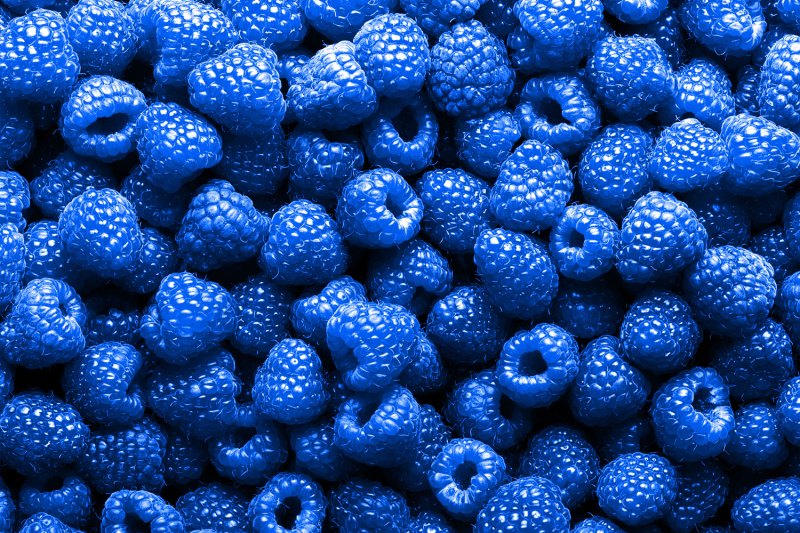
Origins and Curiosities:
Blue raspberry’s origins can be traced back to the realm of candy and confections. The flavor gained popularity in the mid-20th century, and its blue hue became a symbol of novelty and imagination. Interestingly, there is no natural raspberry with a blue hue; the flavor is an artful concoction, a fusion of imagination and culinary creativity.

The Bold and Bright Aesthetic:
One cannot discuss blue raspberry without acknowledging its bold and bright aesthetic. From candies to beverages, the vivid blue hue adds a whimsical touch, inviting consumers into a world where fantasy and flavor collide. The visual appeal of blue raspberry is undoubtedly a key factor in its widespread popularity.
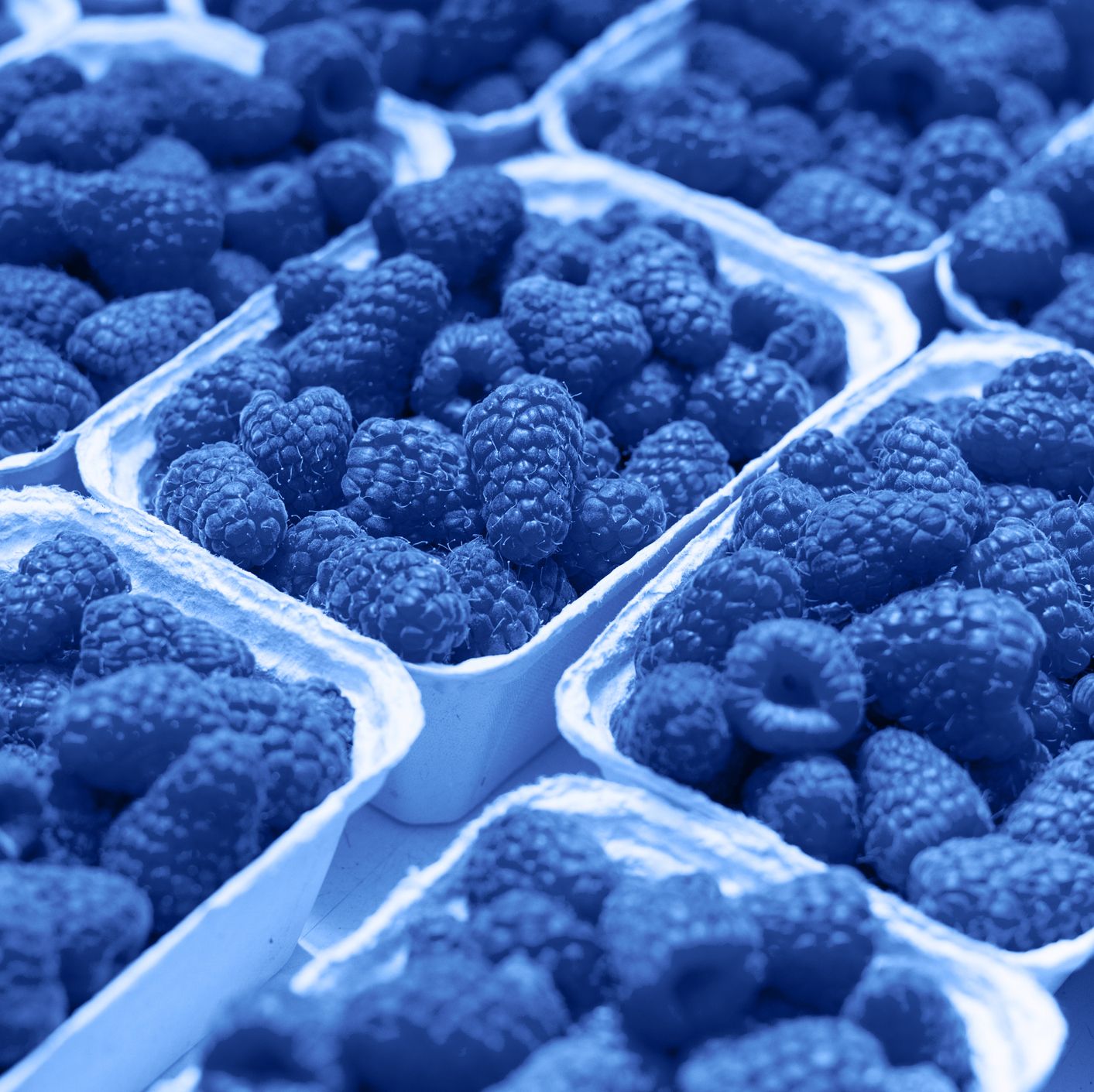
Distinctive Flavor Profile:
Blue raspberry’s flavor profile is a unique amalgamation of sweet and tart. It carries the essence of its red counterpart but with an added twist that sets it apart. The combination of artificial raspberry flavor with a tangy kick creates a taste experience that is both refreshing and memorable. The distinctiveness of blue raspberry has made it a go-to choice in a variety of treats.
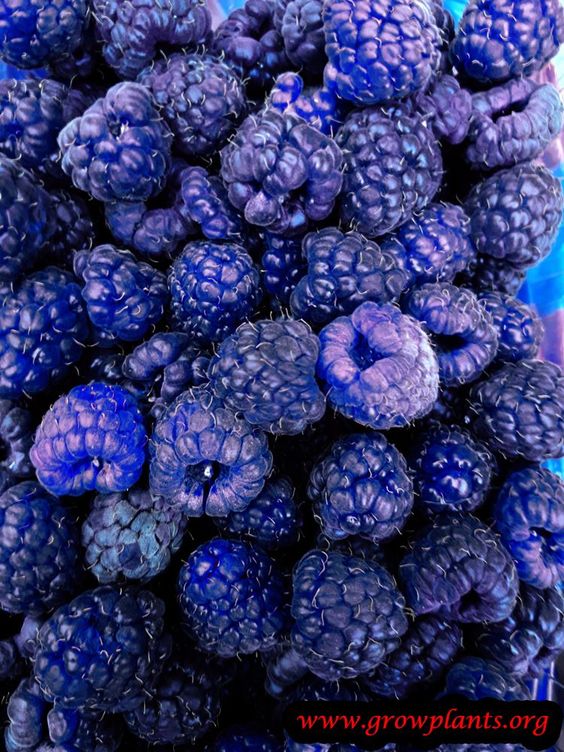
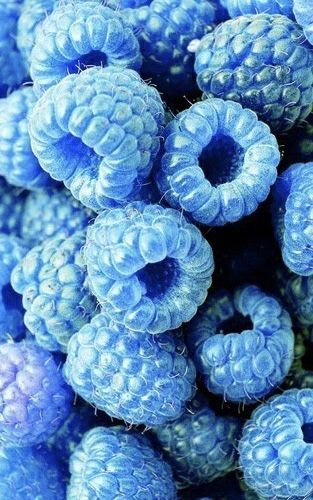
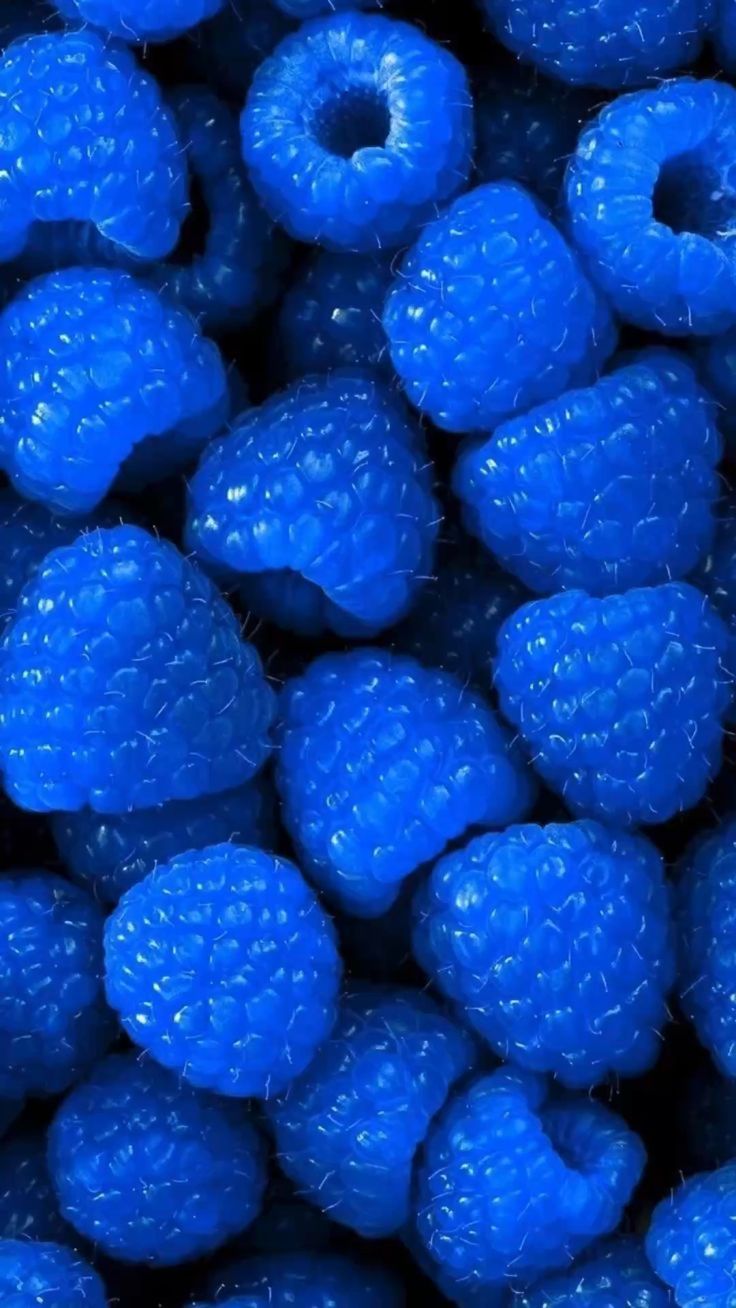
Versatility in Culinary Creations:
Blue raspberry’s versatility extends beyond candies to a wide array of culinary creations. From sodas and slushies to popsicles and desserts, chefs and mixologists have embraced the playful nature of this flavor, using it as a canvas for inventive and visually stunning creations. The blue raspberry palette has become a staple in the world of culinary art.
Cultural Impact:
Blue raspberry’s cultural impact is undeniable, especially in the world of popular culture. Its vibrant hue often features prominently in packaging design, and the flavor itself has become synonymous with fun and enjoyment. Whether it’s a blue raspberry-flavored snow cone at a summer fair or a nostalgic blue raspberry lollipop, the taste has become a cultural touchstone.
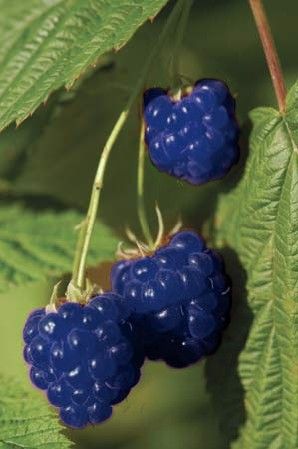
Critiques and Controversies:
While blue raspberry has a devoted fan base, it has not been without its critiques. Some argue that the flavor’s artificial nature deviates too far from the authentic taste of raspberries, sparking debates about the role of artificial flavors in culinary experiences. Nevertheless, its popularity endures, highlighting the subjective nature of taste preferences.
Blue raspberry, with its whimsical color and distinctive taste, has carved a unique space in the world of flavors. From its origins in candies to its widespread presence in culinary creations, this artificial delight continues to captivate taste buds and spark joy. As we savor the playfulness of blue raspberry, we celebrate its ability to transport us to a world where imagination and flavor harmoniously intertwine.





